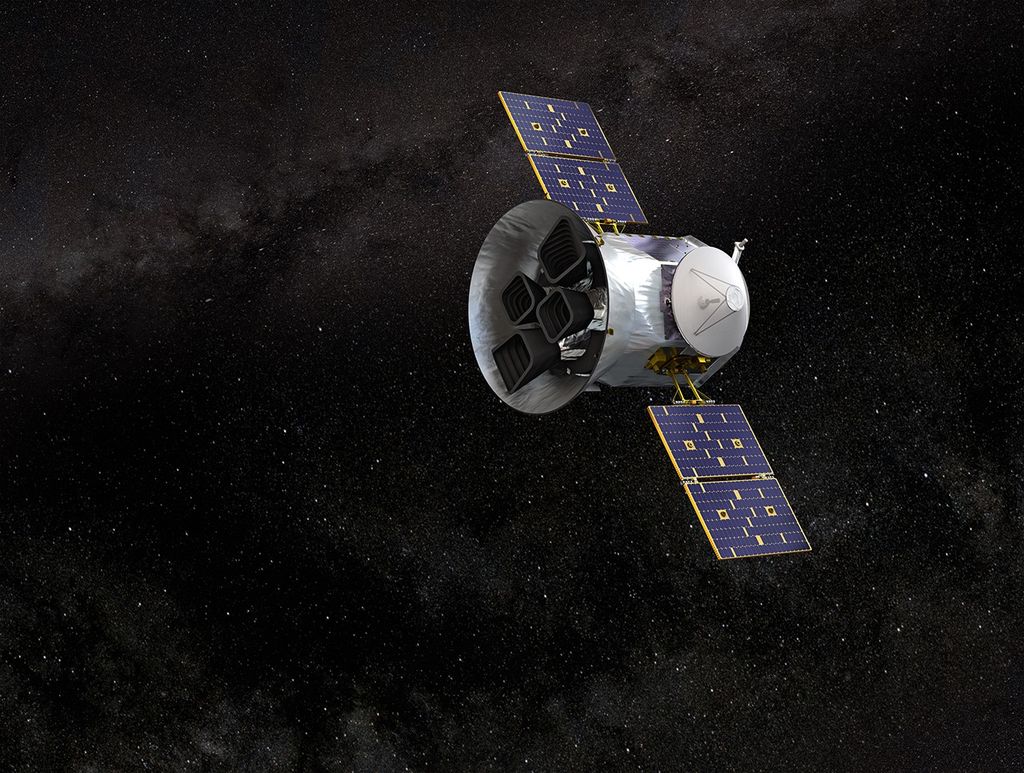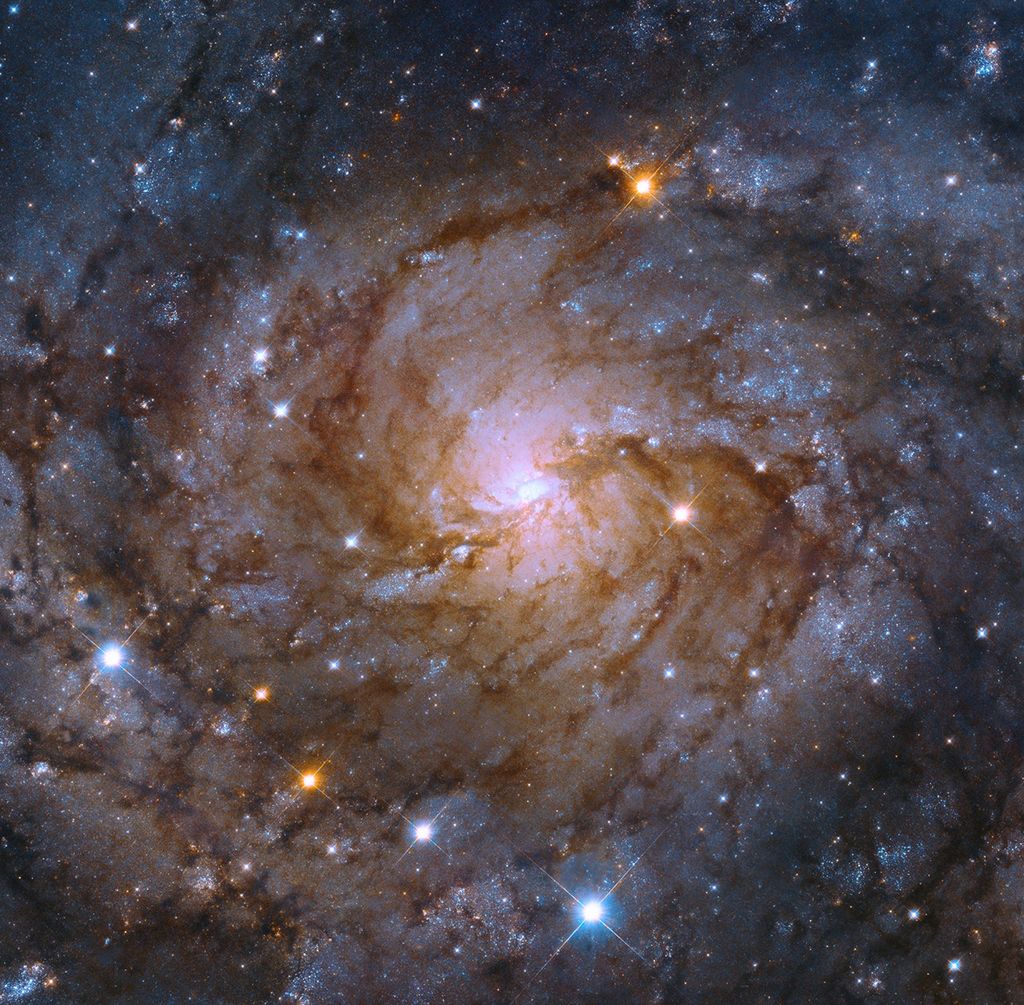
Paul Szypryt
Research Faculty
Education
- Ph.D. (2017) • Physics • University of California, Santa Barbara
- M.A. (2014) • Physics • University of California, Santa Barbara
- B.S. (2011) • Applied & Engineering Physics • Cornell University
Current Position
- Research Faculty at the University of Colorado Boulder & Affiliate at the National Institute of Standards and Technology
- Working with the Quantum Sensors Group at NIST to develop the next generation of low temperature detectors and associated cryogenic readout technologies.

Prototype kinetic inductance current sensor (KICS) readout demonstration of a visible to near-infrared transition-edge sensor (TES). Superconducting, energy-resolved detectors such as these have promise for future visible to near-infrared space missions, such as the Habitable Worlds Observatory (HWO).
Technology Interests
- Superconducting, quantum sensors for applications in observational and laboratory astrophysics, quantum information, beamline science, nanostructure imaging, and more.
- Microwave kinetic inductance detector (MKID) and transition-edge sensor (TES) development for single photon optical and x-ray detection.
- Cryogenic multiplexing technologies for low temperature detector readout, including the novel kinetic inductance current sensor (KICS).
Goals and Aspirations
- Advancing the field of superconducting, low temperature detectors through cutting-edge research.
- Utilizing the surge in quantum technology research to develop new precision measurement paradigms for physics/astrophysics applications.
- Growing collaborations to explore potential measurements using quantum sensors in previously unrealized application spaces.




























